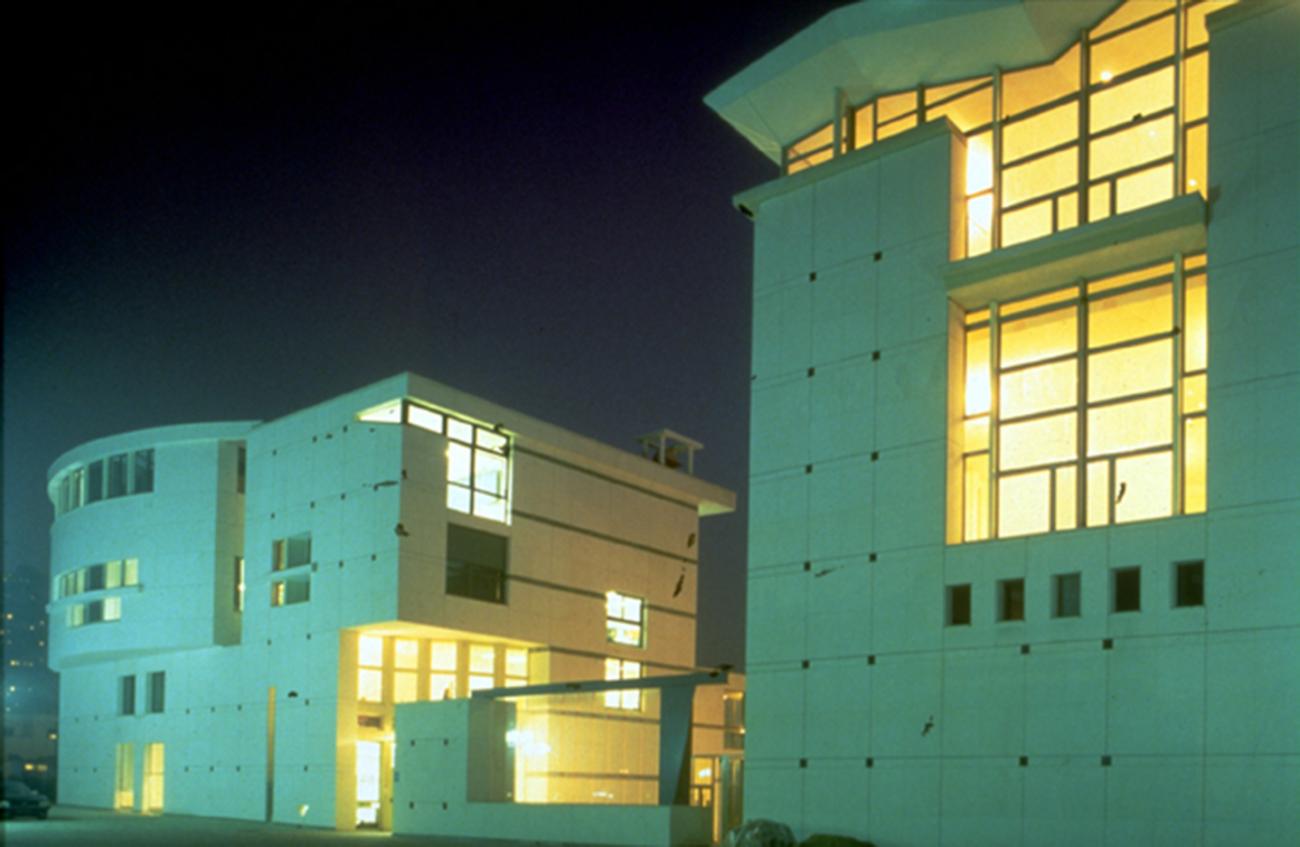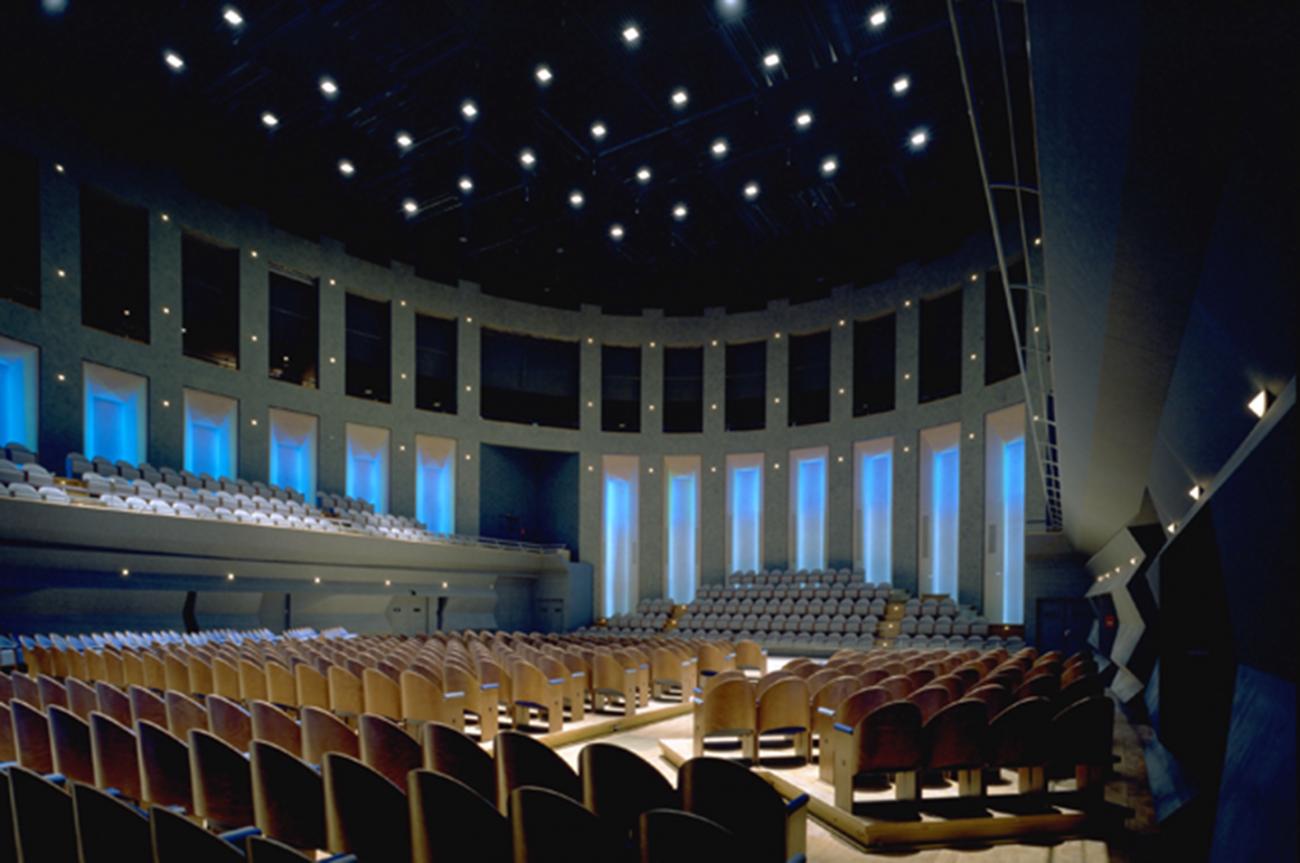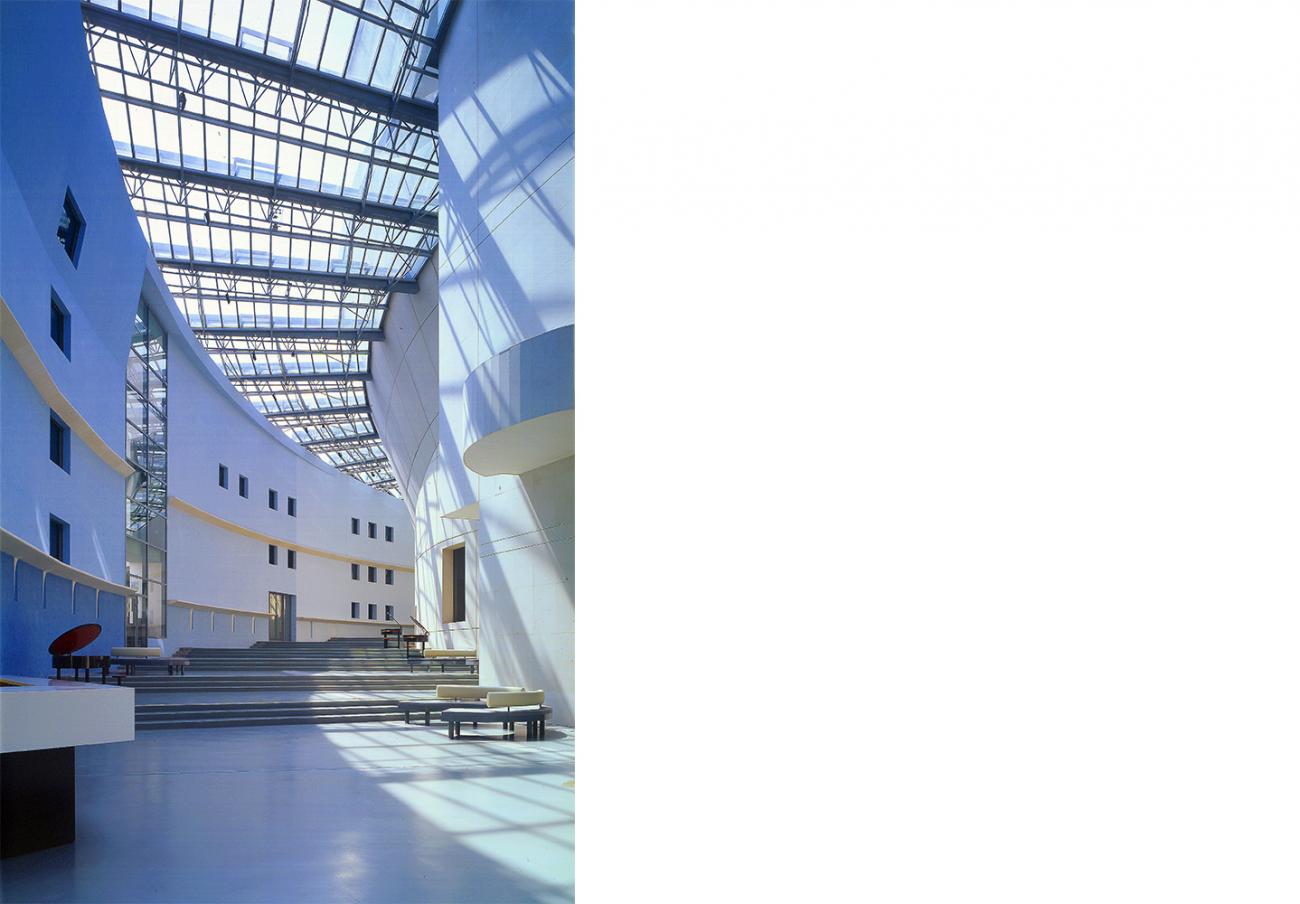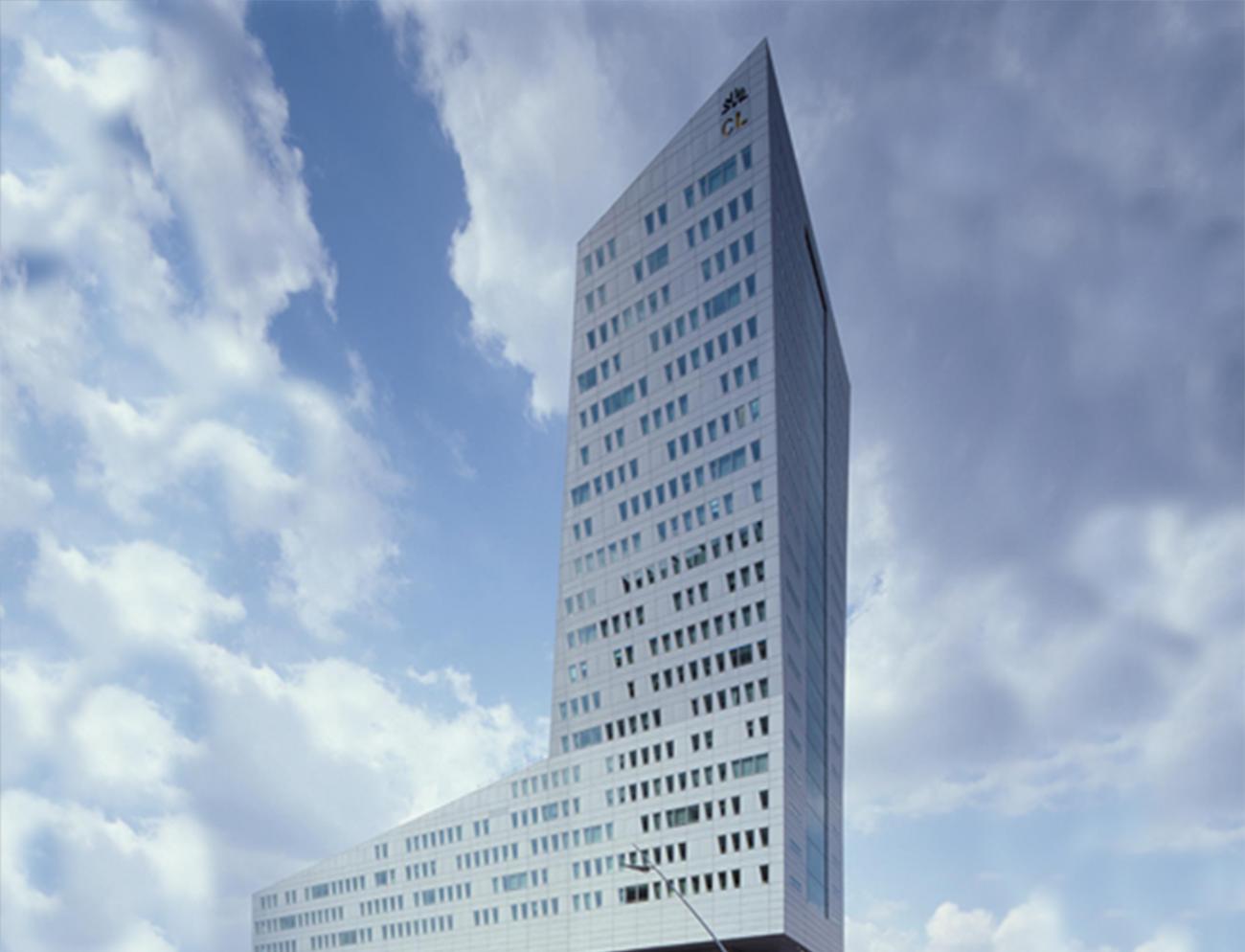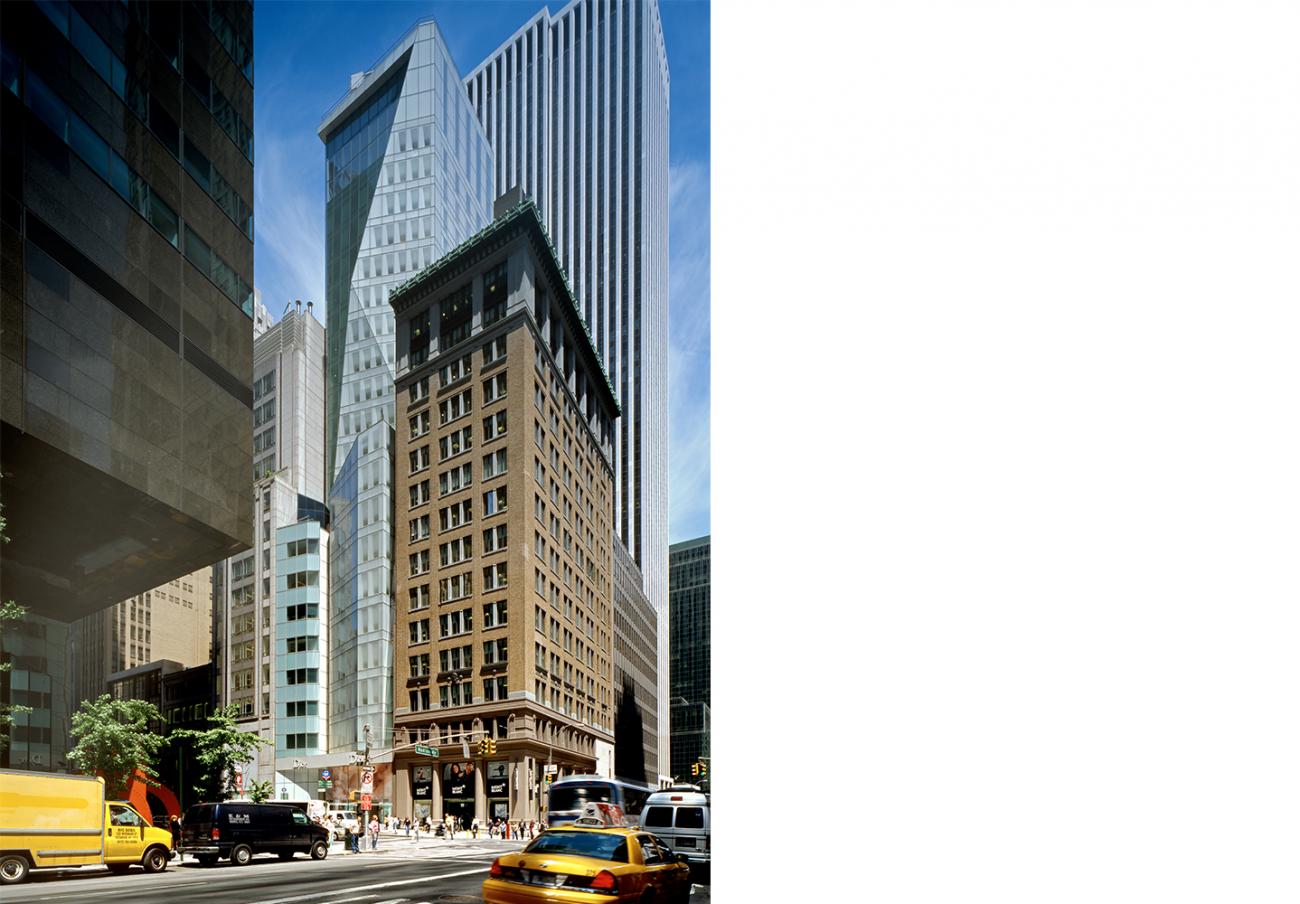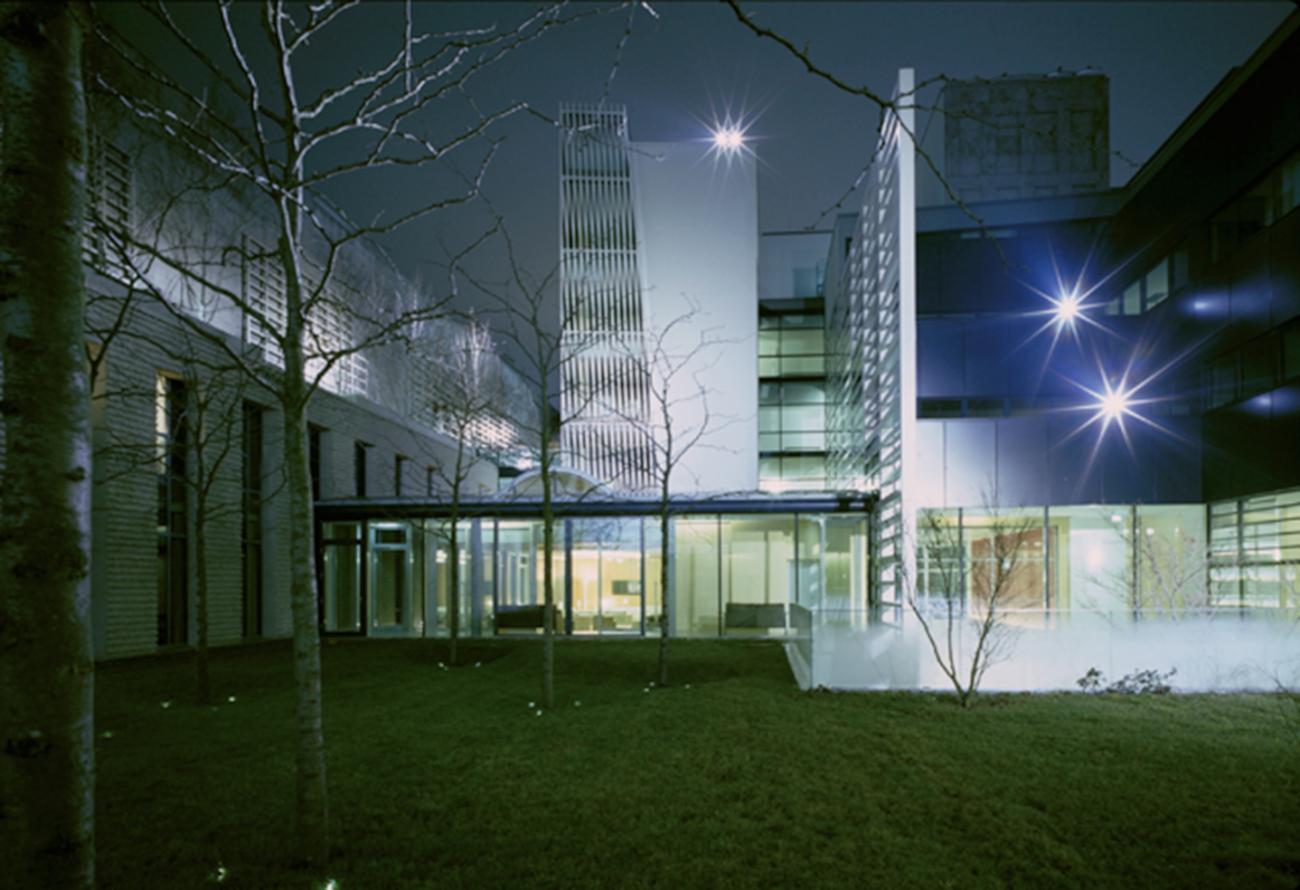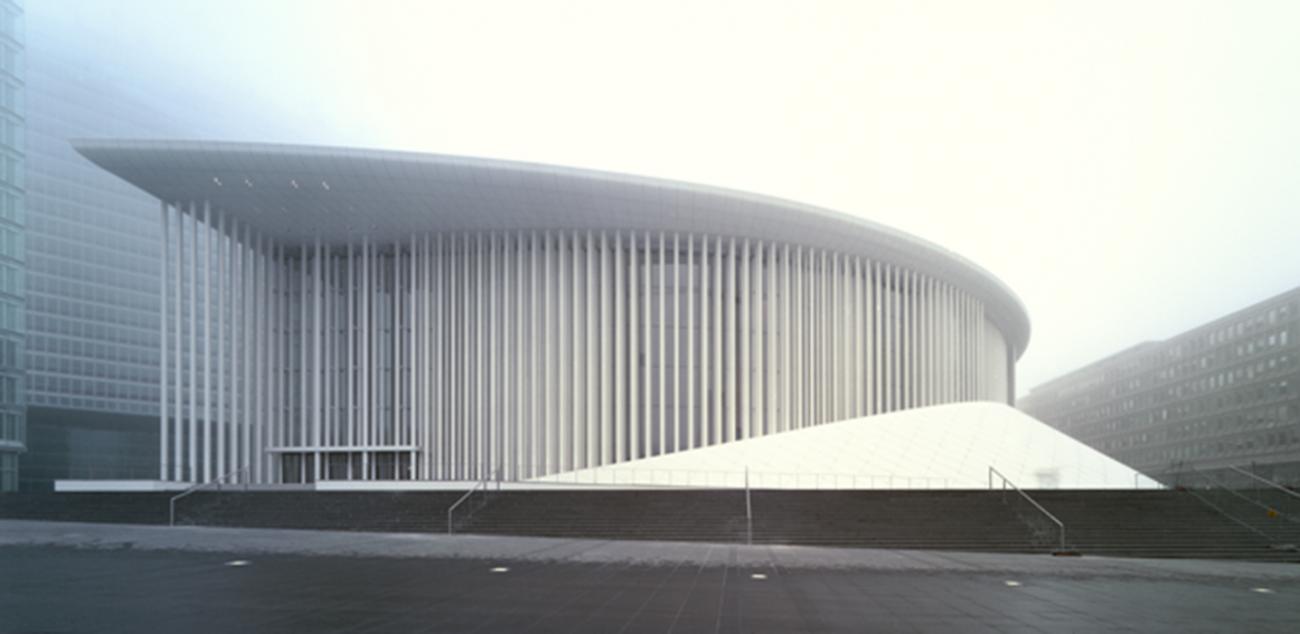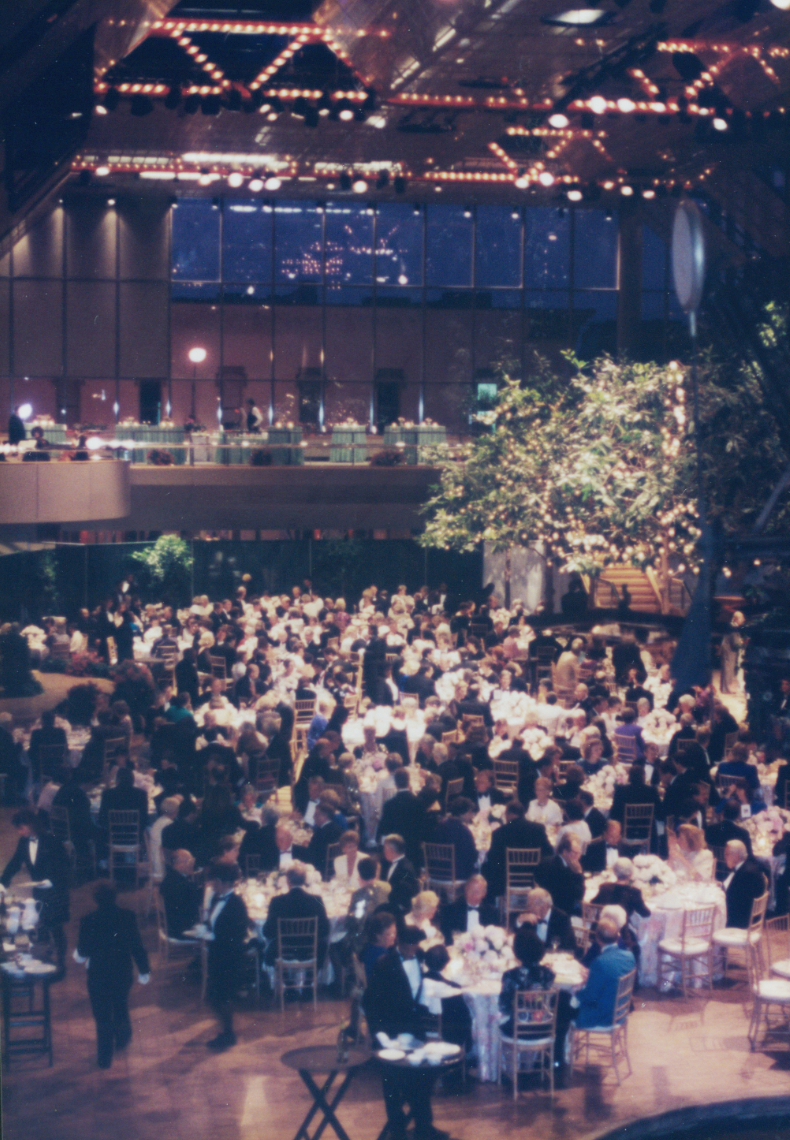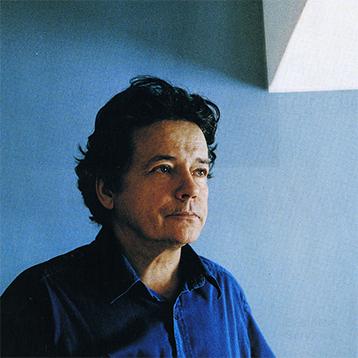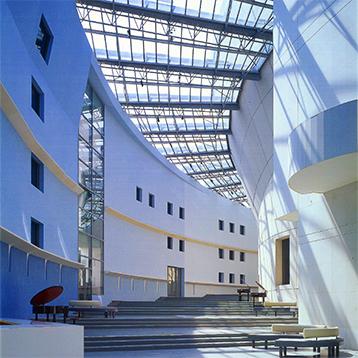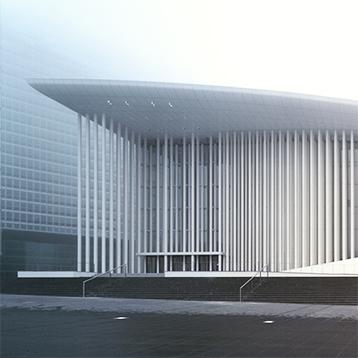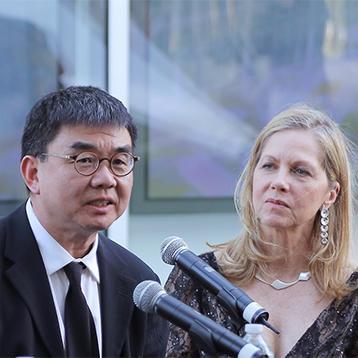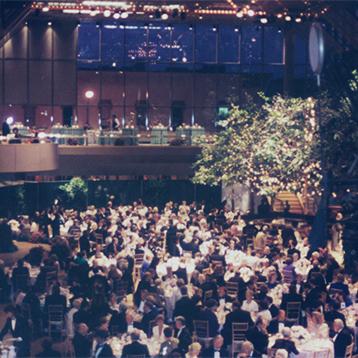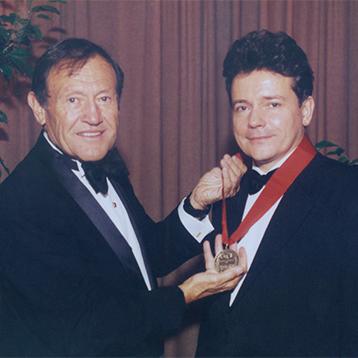Christian de Portzamparc will be celebrating his fiftieth birthday on May 5 (1994), an anniversary that will be made even more memorable by the fact that he has just been named the 1994 Pritzker Architecture Prize Laureate. He is the seventeenth person and the sixth European to be so honored since The Hyatt Foundation established the award in 1979.
Highly respected by architectural cognoscente throughout the world, this relatively young French architect explains that he was “a designer who painted before he decided to study architecture.” While he still paints, he says, “I am not a painter or sculptor, yet.” He is however a frequent lecturer and author. Although he has no built works in the United States, he was one of the finalists in the competition for Chicago’s new Museum of Contemporary Art and an Art Museum for Omaha. Most recently he has gained recognition in Japan where he designed apartment buildings for the city of Fukuoka.
Most of his completed projects are in France, perhaps the most visible being the City of Music, a group of structures situated on the edge of the La Villette suburban park in Paris. The project actually has two phases. The first part, housing the National Conservatory of Music and Dance was completed in 1990. The second part with public spaces for concerts will open next January. Portzamparc says when he began work on the City of Music in 1984, his thoughts were carried back to a house in Brittany, the first thing he ever built, “In that design, each room was like a separate little house,” he says. “I have discovered that each new project is the sum of all my previous works. No new work springs to life without some relationship to past inspiration.”
President Mitterrand is credited with stimulating an architectural renaissance in France with his international competitions for new buildings in his country. He has made his position clear with the oft-quoted statement, “I believe that a people are great when their architecture is great.” Perhaps one of the most widely publicized of the Grands Projets has been the addition to the Louvre Museum by the 1983 Pritzker Laureate, Ieoh Ming Pei.
City of Music, known throughout Europe as one of the Grands Projets, has been praised in the architectural press around the world. Spain’s Interior Architecture and Design (Diseño Interior) magazine said of City of Music: “A building with lyric qualities, full of whiteness and opacity, it is the antithesis of the ethereal transparencies and other technological approaches so typical of the new French academicism.” The formal opening is scheduled for early in 1995.
When the City of Music project was just beginning, another of Portzamparc’s important projects was being completed and hailed as one of the best examples of contextualism in the city. It was the Erik Satie Conservatory of Music and Elderly Housing. This project, which he began in 1981 after winning a competition, has been described as being Post Modern, but the architect himself prefers not to be categorized, and he calls attention to his subsequent commissions as evidence of a much more personal style.

